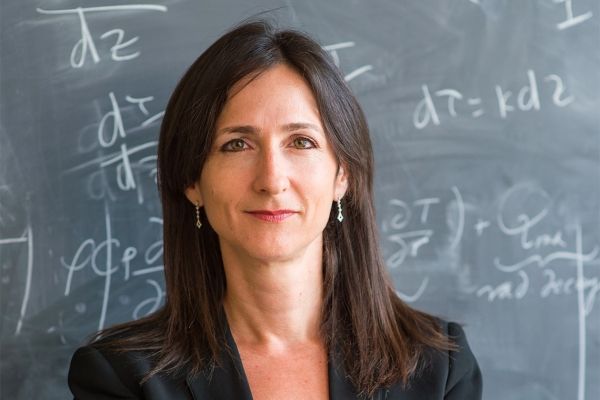Now a pioneering astrophysicist who made headlines for the possible discovery of life on Venus, Sara Seager stumbled upon her path to the stars while taking a shortcut across the University of Toronto’s St. George campus.
“I went to Jarvis Collegiate and I used to walk through campus on my way because it was so beautiful,” says Seager, a professor of planetary sciences at the Massachusetts Institute of Technology (MIT). “One day when I was 16, I saw a sign for an open house at the astronomy department. I got pretty excited because when you’re 16, you’re only thinking about obvious jobs like construction work or doctor when you think about the future. I had no idea you could be an astronomer as a job. That was an amazing moment.”
That moment started a journey that put Seager – who received an honours bachelor of science from U of T in 1994 as a member of University College – at the forefront of her profession as a trailblazing researcher searching for signs we are not alone in the universe. Along the way, she helped lay the foundation for the field of exoplanet atmospheres while being heralded by the New York Times as "the woman who might find us another Earth."
Seager is part of a multinational team that recently announced the stunning discovery of phosphine in the atmosphere of Venus. The chemical is normally associated with certain kinds of microbial life on Earth or is produced in labs. Scientists were astounded to find it on the second planet from the sun.
Continue reading at University of Toronto.
Image via Justin Knight/MIT.


